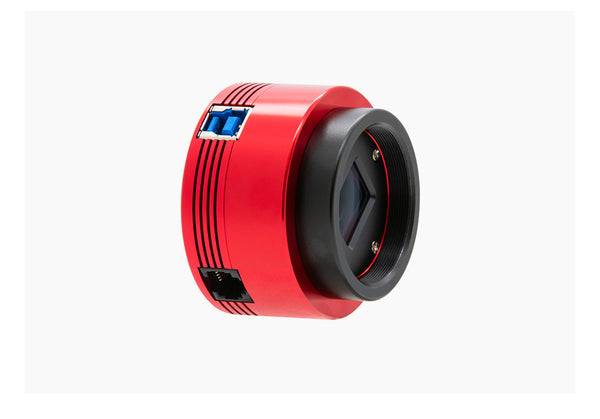
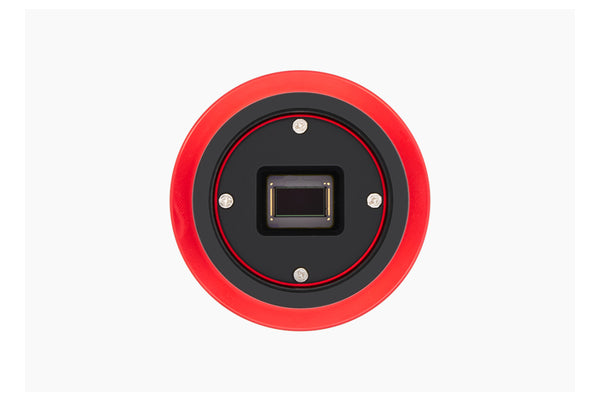
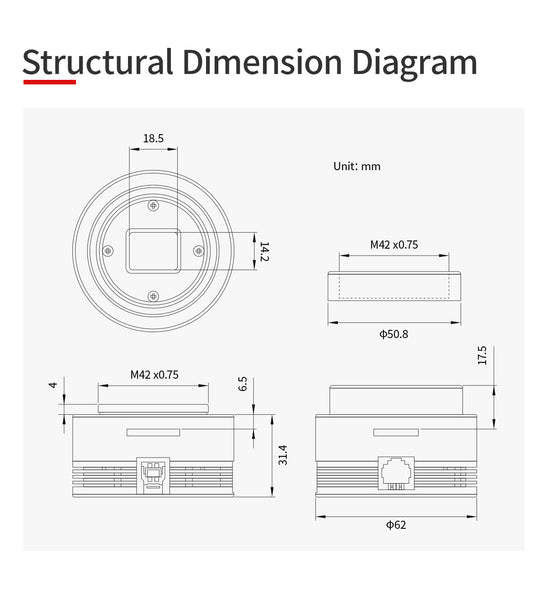
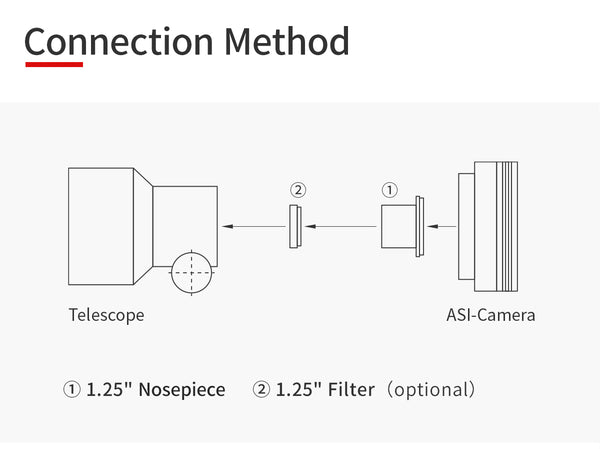
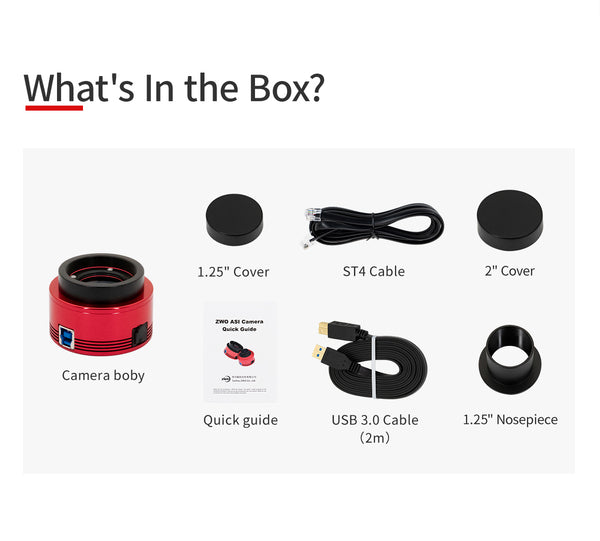
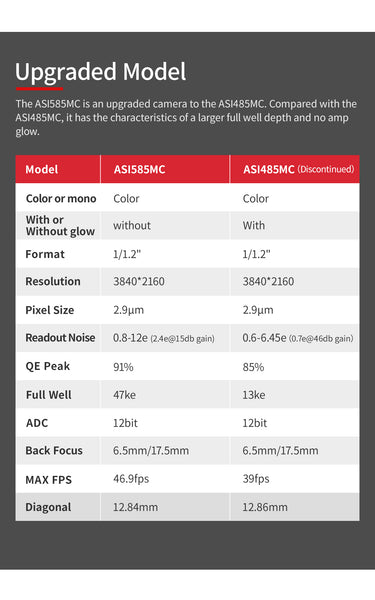
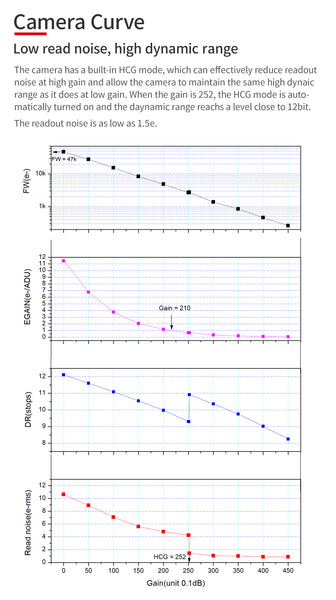
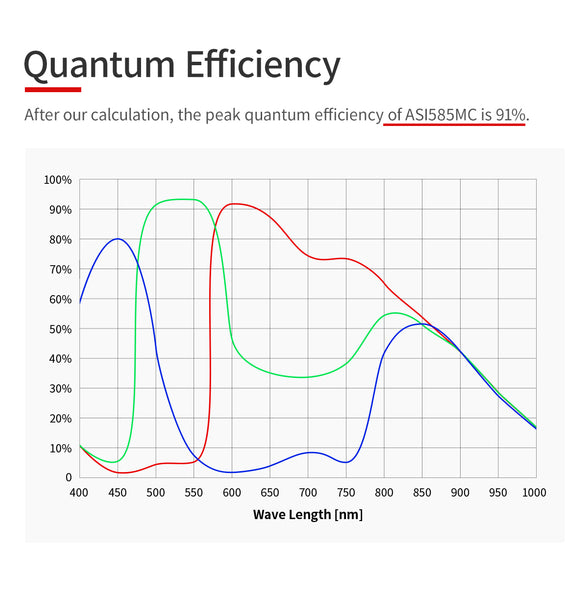








Products in the Same Family
Why Purchase from All-Star Telescope?
Free Expert Support
Whether you are a first timer needing help with setting up or an enthusiast that can't quite make that one thing work, our expert staff are ready to support your needs. With decades of knowledge and first hand experience we've been there and we can help you through it!
Stress Free, Secure Transactions
You can trust purchasing and delivery with All-Star Telescope. All of our transactions are 100% secure and Level 1 PCI DSS compliant thanks to Shopify's ShopPay platform. For additional protection, we insure 100% of the value of every shipment we make. If it get's lost during shipment, we replace it. If it gets damaged during shipment, we replace it. We make sure your product arrives exactly as you would expect it to; we promise.
We also ensure privacy protection. We never keep any of your credit card information on file and any of your personal data is stored according to our policies.
30 Day Return Policy
Buy with confidence knowing that we accept returns up to 30 days after purchase. We want you to have something you will actually use and we are confident that we keep good quality products in our store with No Junk.
Price Match Promise
Shipping around for the best price is tough, we make it easier by offering the best pricing in the market. But if you find a better price on an in-store item somewhere else we will match it!
Product Description
ASI585MC adopts Sony IMX585 CMOS sensor. As one of ZWO's latest OSC planetary cameras, it features a large sensor format of 1/1.2", a high resolution of 3840*2160, and a surprisingly amazing characteristic of ZERO AMP GLOW! The pixel size is 2.9um*2.9um. In 12-bit mode, it produces 46.9 FPS with super low readout noise!
8.29MP Sensor
ASI585MC has the same pixel size of the ASI462MC at 2.9um, but its resolution is 4 times that of ASI462MC, which is a total of 8.29 megapixels. The sensor size is 11.13*6.26mm, and the diagonal length is 12.84mm. The 1/1.2" large sensor format makes it very suitable for solar and lunar imaging. It can also be used as an all-sky camera or live camera to observe and monitor cloud cover, rain, meteors and other weather conditions.
Starvis 2
ASI585MC adopts the latest SONY IMX585 sensor with STARVIS 2 technology.
Featuring zero amp glow, lower dark current noise, and 3 times larger full well capacity, this camera is regarded as an upgrade of ASI485MC. It is also more sensitive to red, green and near infrared (NIR) lights compared to ASI485MC, especially in >850nm wavelength range, its light sensitivity is 1.5 times greater than ASI485MC.
Upgraded Model
The ASI585MC is an upgraded camera to the ASI485MC. Compared with the ASI485MC, it has the characteristics of a larger full well depth and no amp glow.
Large Full Well Depth
Thanks to the back-illuminated sensor structure and advanced pixel technology, the camera has very low readout noise and a large full well depth. Especially in low light conditions, the camera performs excellent, capturing very clear images of celestial objects.
Low Read Noise, High Dynamic Range
The camera has a built-in HCG mode, which can effectively reduce readout noise at high gain and allow the camera to maintain the same high dynaic range as it does at low gain. When the gain is 252, the HCG mode is auto-matically turned on and the daynamic range reachs a level close to 12bit.
The readout noise is as low as 1.5e.
Specifications
| Sensor | 1/1.2" CMOS Sony-IMX585AAQJ1-C |
| Bayer Pattern | RGGB |
| QE peak | 91% |
| Back focus length | 6.5mm/17.5mm |
| Max fps | 46.9fps |
| Full well | 40Ke |
| Shutter | Rolling shutter |
| Resolution | 8.29Mega Pixel, 3840*2160 |
| Pixel Size | 2.9µm |
| Exposure Range | 32μs~2000s |
| Interface | USB 3.0 /USB 2.0 Type-B |
| Protect window | φ32-2 AR |
| ADC | 12bit |
| Dimension | 11.136mm*6.264mm |
| Weight | 126g |
| Working Temperature | -5°C~50°C |
| Storage Temperature | -10°C~60°C |
| Working Relative Humidity | 0-80% |
| Supported OS | WIN7/8/10/11 32&64, Linux, Mac |





Additional Articles, Videos, and Links
External Links
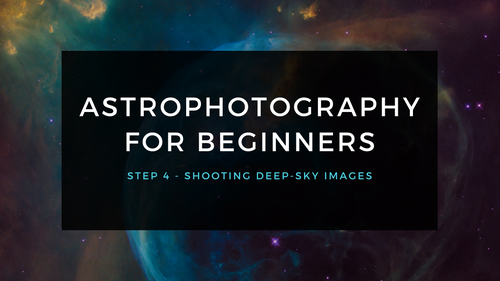
Astrophotography for Beginners Step 4: Shooting Deep-Sky Images
Taking deep sky pictures can be daunting, luckily there is an easy process to follow to allow you to get great shots! Here is the typical process for actually taking deep-sky images in the field.
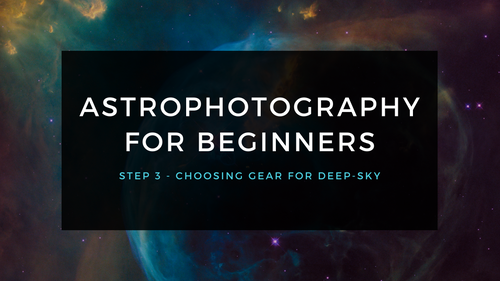
Astrophotography for Beginners Step 3: Choosing Gear for Deep-Sky Imaging
Using a star tracker gains you experience with the fundamentals of deep-sky imaging. Shooting the Moon gains you experience focusing and framing through your telescope. Through your sessions you’ll...
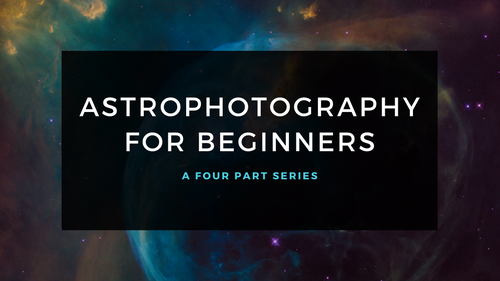
Astrophotography for Beginners - Start Here: Getting into Astrophotography Step by Step
Shooting the night sky has never been more popular, nor easier. The choice of equipment has also never been better, or more affordable. However, as per the advice given by Dickinson and Dyer in the...
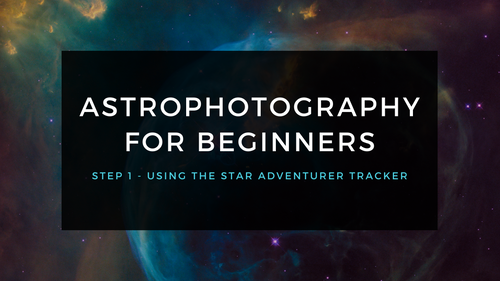
Astrophotography for Beginners Step 1: Using the Star Adventurer Tracker
By far the most economical and easiest way to capture beautiful images of the Milky Way and large deep-sky objects like the Andromeda Galaxy (shown here) is to use a star tracker. Here are steps an...
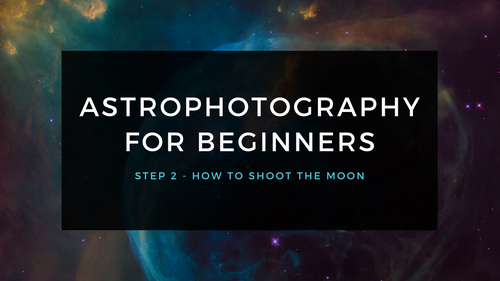
Astrophotography for Beginners Step 2: How to Shoot the Moon
Close-ups of the Moon are rewarding, and an easy way to learn to shoot through your telescope. While good results are possible with a phone camera clamped to an eyepiece (as shown below), this tuto...


